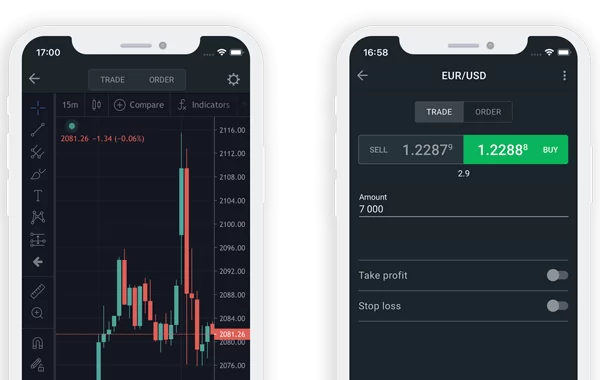Sustainable investing trends and their effect on currency valuations

Let’s be honest—money talks. And these days, it’s speaking in green. Sustainable investing isn’t just a buzzword anymore; it’s reshaping markets, portfolios, and yes, even the value of currencies. But how? Well, that’s where things get interesting.
The rise of ESG and its market muscle
ESG—environmental, social, and governance—investing has gone mainstream. In fact, global ESG assets are projected to hit $53 trillion by 2025. That’s not just pocket change. It’s a tidal wave of capital flowing toward companies (and countries) that play nice with the planet and people.
Here’s the deal: when investors pile into ESG-friendly assets, they’re indirectly betting on the currencies backing those markets. Think of it like a vote of confidence. Countries with strong ESG policies? Their currencies often get a boost. Those lagging behind? Not so much.
How green policies strengthen currencies
It’s not just about feel-good vibes. There’s hard economics at play. Take Norway, for example. Its sovereign wealth fund—the world’s largest—is built on oil money but invests heavily in renewables. The krone benefits from this duality, balancing fossil fuel history with a green future.
- Investor demand: More capital inflows = higher currency demand.
- Policy stability: Strong ESG frameworks signal long-term economic health.
- Trade advantages: Green exports (like German wind turbines) fetch premium prices.
The dirty secret of carbon-heavy currencies
On the flip side, currencies tied to fossil fuels face headwinds. The Russian ruble, for instance, took hits not just from geopolitics but from divestment trends. Even the US dollar isn’t immune—though its reserve status helps cushion the blow.
Here’s a snapshot of how energy transitions impact forex:
| Currency | Tied to | 2020-2023 trend |
| Norwegian krone (NOK) | Oil + renewables | +8% (volatile but resilient) |
| Australian dollar (AUD) | Coal exports | -5% (pressure from divestment) |
| Brazilian real (BRL) | Deforestation risks | -12% (ESG outflows) |
The “green premium” in forex markets
Traders are starting to price in sustainability—sometimes subtly, sometimes not. Bonds labeled “green” often see lower yields (meaning investors accept less return for perceived safety). That same logic is creeping into currency valuations, with cleaner economies enjoying what analysts call a “green premium.”
Five ways sustainable investing moves forex
- Capital flight: Money exits polluting industries—and their host currencies.
- Central bank moves: Green QE (quantitative easing) programs alter money supply.
- Trade terms: Carbon border taxes reshape import/export balances.
- Risk perception: ESG laggards face higher volatility.
- Reserve shifts: Some suggest the IMF’s SDR basket could weight ESG factors.
Where this gets messy
Sure, the theory sounds neat. Reality? It’s fuzzier. Not all “sustainable” labels are equal—greenwashing distorts signals. Plus, currencies dance to many tunes: interest rates, inflation, plain old speculation. Still, the trend’s undeniable: dirty money costs more to borrow, clean money flows freer.
And let’s not forget—the dollar’s still king. For now. But as climate risks accelerate, so might shifts in what “safe haven” means. After all, what’s “safe” about a currency tied to drowning coastlines?
The bottom line
Money flows where it’s treated well. Increasingly, that means flowing toward sustainability—with ripple effects across forex markets. Will this redefine reserve currencies? Maybe not tomorrow. But the tide’s turning, one green bond at a time.











